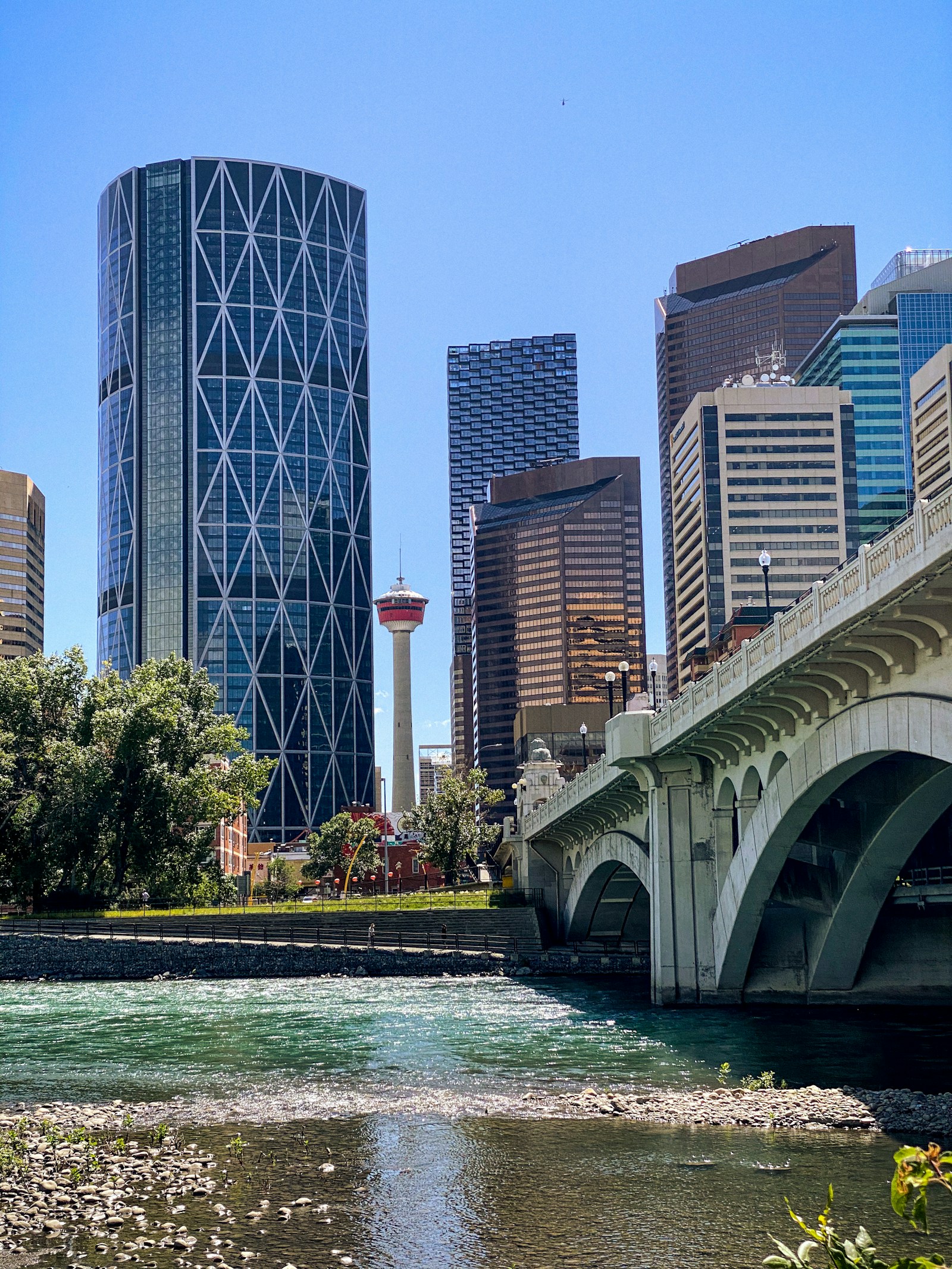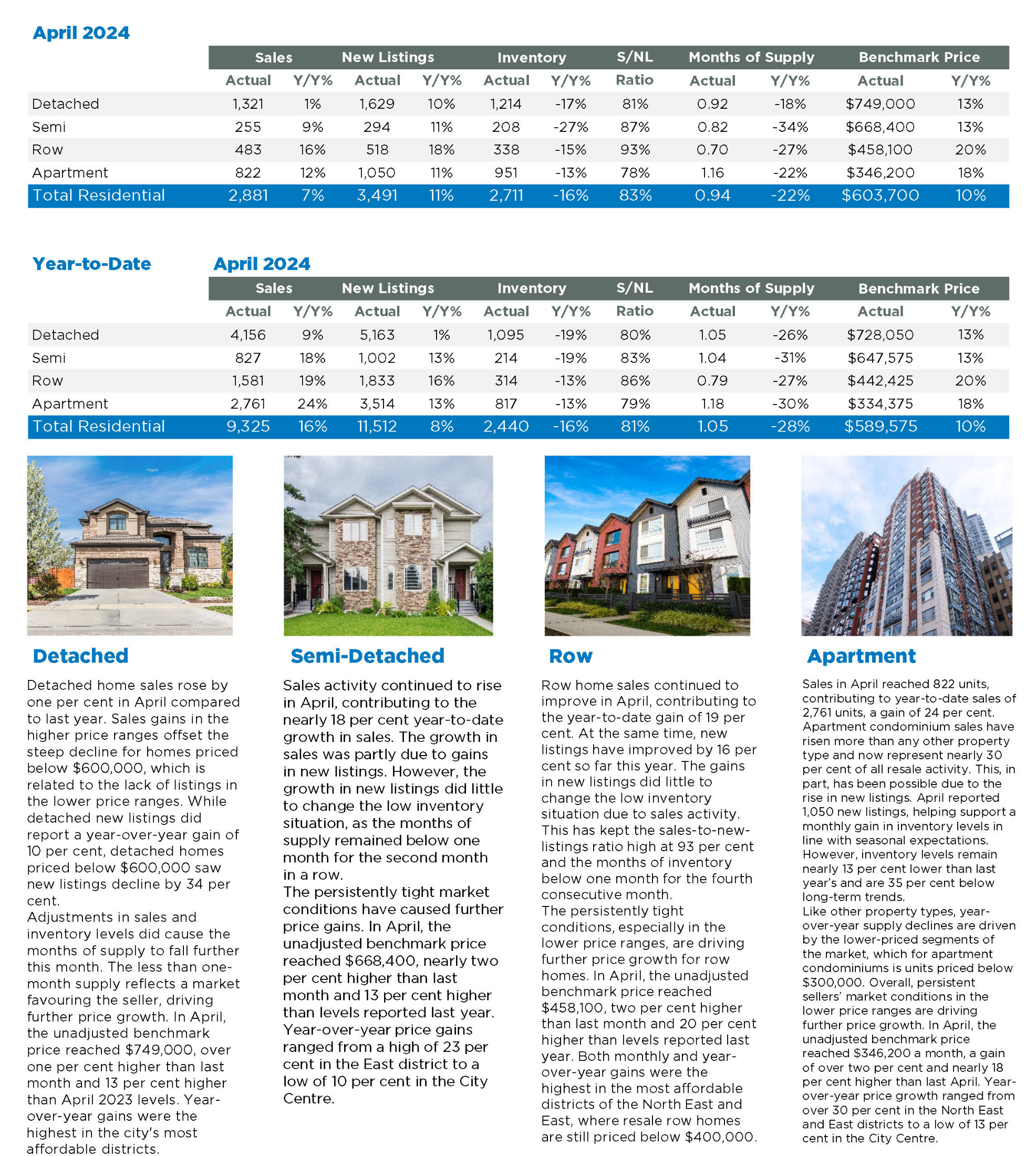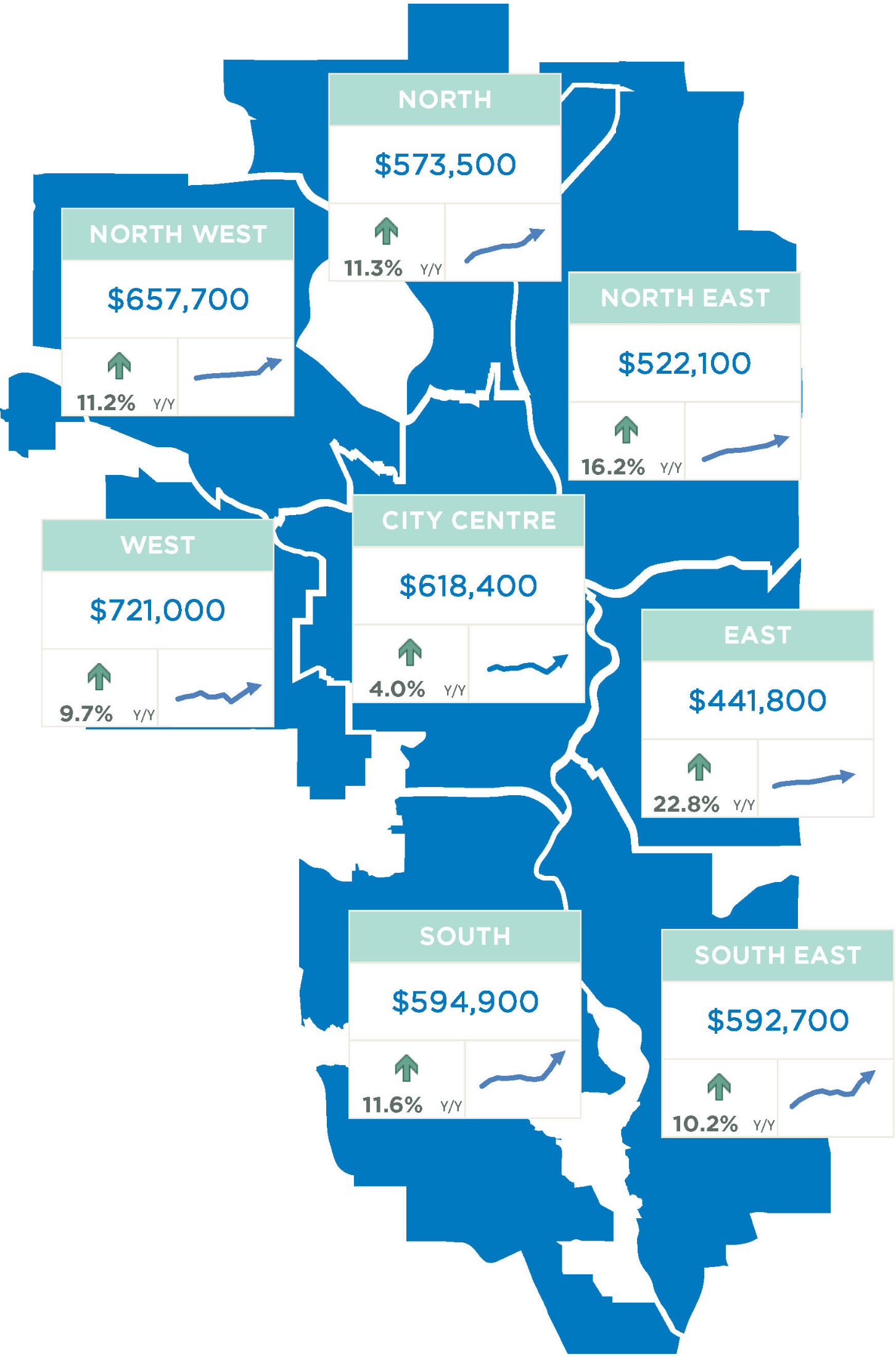In Calgary, the real estate market has experienced significant shifts over the past six years. Whether you’re a home buyer, seller, or investor, understanding these trends is crucial for making informed decisions. The data below highlights the average price of homes sold in Calgary from 2019 to 2024.
1. Steady Price Increase in 2024
The most notable trend is the consistent rise in home prices throughout 2024. Starting at $570,720 in January, the prices have steadily climbed, reaching $624,607 by June. This increase reflects a robust market, indicating strong demand and possibly limited supply. For buyers, this suggests acting sooner rather than later to avoid higher prices. Sellers can leverage this trend to maximize their returns, while investors might see this as an opportunity for profitable investments.
2. Impact of the Pandemic in 2020
The year 2020 saw a dip in home prices, especially noticeable in May when prices dropped to $439,257. This decline was primarily due to the economic uncertainties brought about by the COVID-19 pandemic. However, by the end of the year, the market began to recover, reflecting the resilience of Calgary’s real estate market. Buyers and sellers need to consider how such global events can temporarily affect the market and plan accordingly.
3. Post-Pandemic Recovery and Growth
From 2021 onwards, there has been a significant recovery and growth in home prices. For instance, the average price in April 2021 was $508,346, which increased to $532,733 in 2022. This recovery phase highlights the potential for growth in property value post-crisis. For investors, this is a positive indicator of market stability and future gains.
1. Seasonal Variations in Prices
The data shows seasonal variations, with prices typically higher in spring and summer months. For example, in June 2022, the average price was $518,049, compared to $490,700 in November. Buyers might find better deals during the winter months, while sellers could benefit from listing their properties in the peak seasons of spring and summer.
2. Yearly Comparisons and Trends
Comparing year-on-year data provides insights into market trends. For instance, prices in 2024 have surpassed those in previous years by a significant margin. Such comparisons help in understanding the long-term appreciation of property values in Calgary, aiding both buyers and investors in making long-term financial plans.
3. Market Stability in 2022 and 2023
Despite fluctuations, the market showed stability in 2022 and 2023, with prices hovering around $500,000 to $550,000. This stability is a good sign for buyers and investors looking for predictability in their investments. Sellers can also take advantage of stable market conditions to plan their sales strategy.
The Calgary real estate market has demonstrated resilience and growth, especially in 2024. Understanding these trends helps buyers, sellers, and investors make informed decisions. Whether you’re looking to buy, sell, or invest, staying informed about market dynamics is key to success in Calgary’s real estate landscape.














.png)
.png)
.png)





